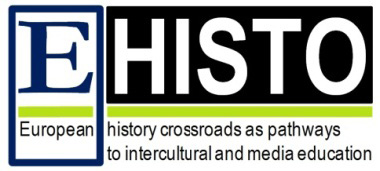European history crossroads as pathways to intercultural and media education (EHISTO)

The project reacts to the growing importance of mass-medial commercial ways of dealing with history in public space that in many respects does not comply with the EU standards for history teaching. However, mass media verifiably influence the historical perception of pupils, and therefore they constitute an important factor in history teaching. Thus arises an irrefutable demand in history and civic education for a combination of intercultural and media-critical competences in studying history multi-perspectively. Following in the footsteps of successful EU projects dealing with “European History Crossroads” (shared historical topics in Europe that point out the diversity of national historical viewpoints) EHISTO, together with schools, institutions for initial and in-service teacher training, educational media experts, conceptualises 1. online available teaching material including teacher manuals for the secondary level, 2. project seminars for initial teacher training along with a module guide, and 3. project seminars for in-service teacher training along with an explanatory handbook. The development of this new concept is carried out using the example of popular history magazines since 1. they show all typical features of commercial communication of history in mass media 2. they are easier to use in school than audio-visual media, 3. more than other mass media products they address national markets, which is an excellent condition for transnational, multi-perspective comparison.
EHISTO develops and tests the innovative concept of a transnational and multi-perspective “historical media education”, which strives to close the gap between the scholastically conveyed conception of history and the history culture outside the school walls. In a concluding study the thereby developed strategies are also conveyed to stakeholders and policy makers in order to make the “historical media education” usable for a prospective European teacher education reference frame.
